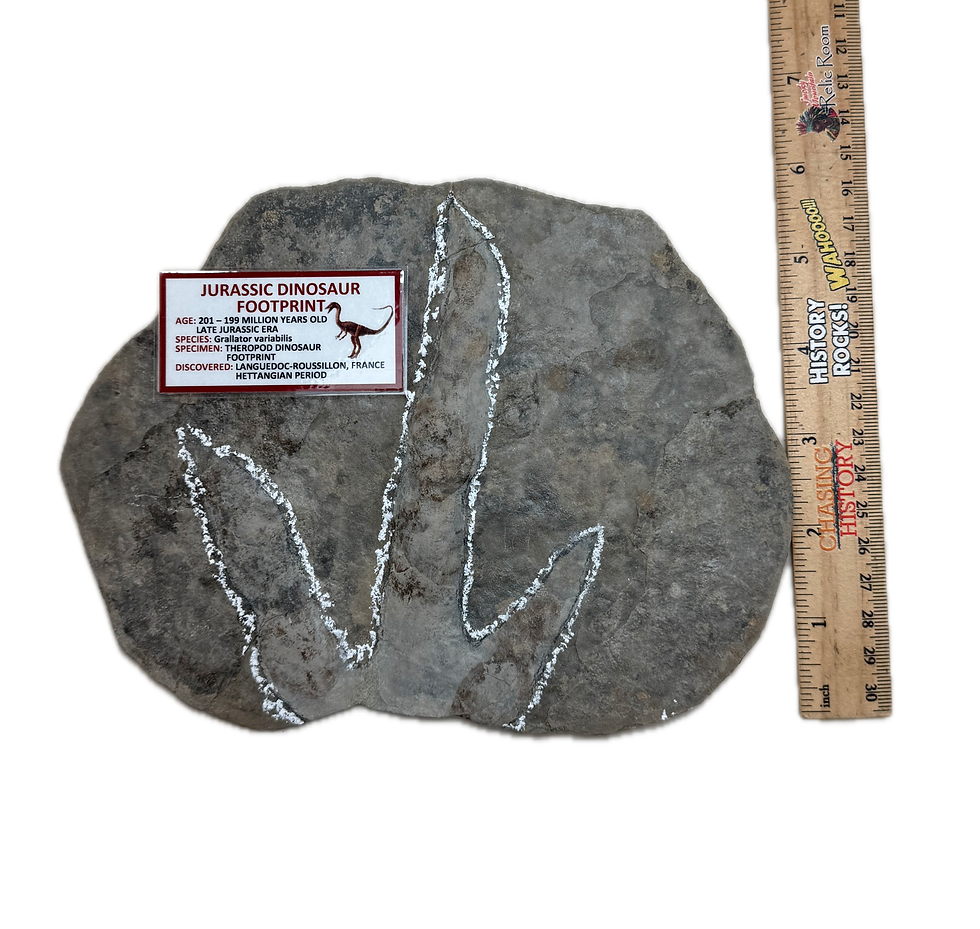Pennsylvanian Era Predatory Fish Poop
Age: 304 / 307 Million Years Old (Pennsylvanian Age)
Species: Unidentified
Discovered: Tinajas Member of Atasado Formation, Tijeras, New Mexico
Fossil measures 3.5cm
The discovery of 304 to 307 million-year-old predatory fish feces from the Pennsylvanian Era, found in the Tinajas Member of the Atasado Formation in Tijeras, New Mexico, offers a fascinating glimpse into the ancient ecosystems of this time. These fossilized excreta, often referred to as coprolites, provide valuable insights into the dietary habits, food chains, and ecological relationships of prehistoric aquatic creatures.
While the exact species responsible for this ancient excrement remains unidentified, the mere existence of these coprolites suggests the presence of formidable aquatic predators in the Pennsylvanian seas. The Pennsylvanian Period, a time when the world was characterized by vast swamps and the emergence of early land plants, marked the transition from ancient fish to more modern vertebrates. The discovery of such coprolites contributes to our understanding of the trophic interactions that drove evolution during this pivotal period in Earth's history.
Analyzing the contents of these coprolites can reveal vital information about the diet and behavior of the creatures that produced them. In this case, they may provide clues about the types of prey targeted by the unidentified predator and its position within the aquatic food web. Additionally, the preservation of these ancient feces underscores the remarkable fossilization processes that have allowed scientists to piece together the intricate puzzle of life on Earth during the Pennsylvanian Era. This discovery serves as a testament to the ongoing efforts to unravel the secrets of our planet's past and the extraordinary creatures that once roamed its ancient waters.
top of page
SKU: FOSP2
$30.00Price
Related Products
bottom of page





















